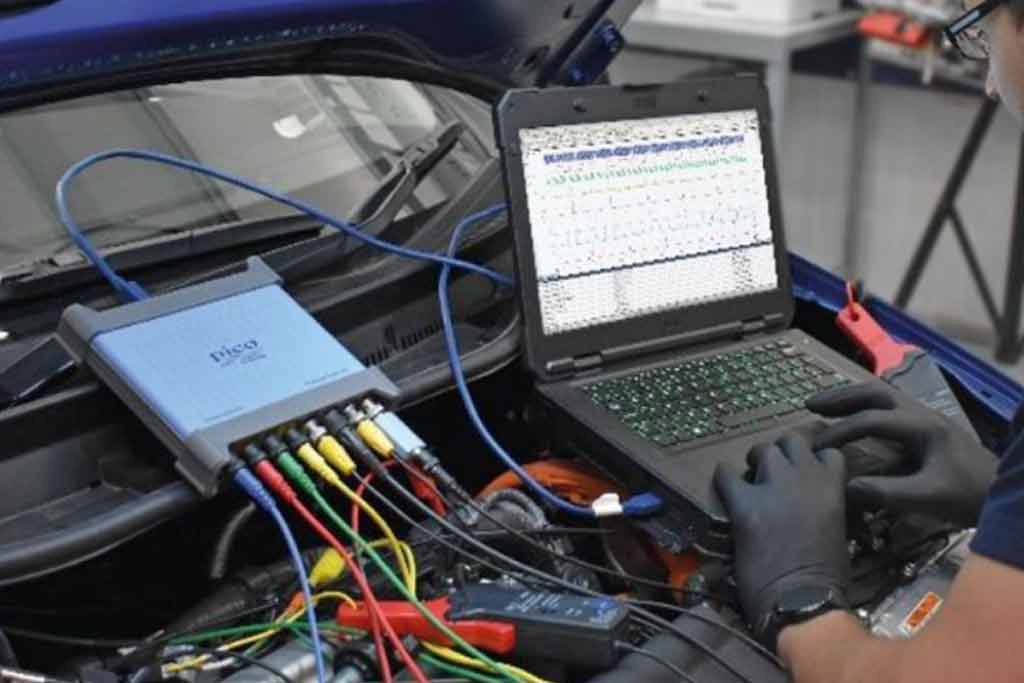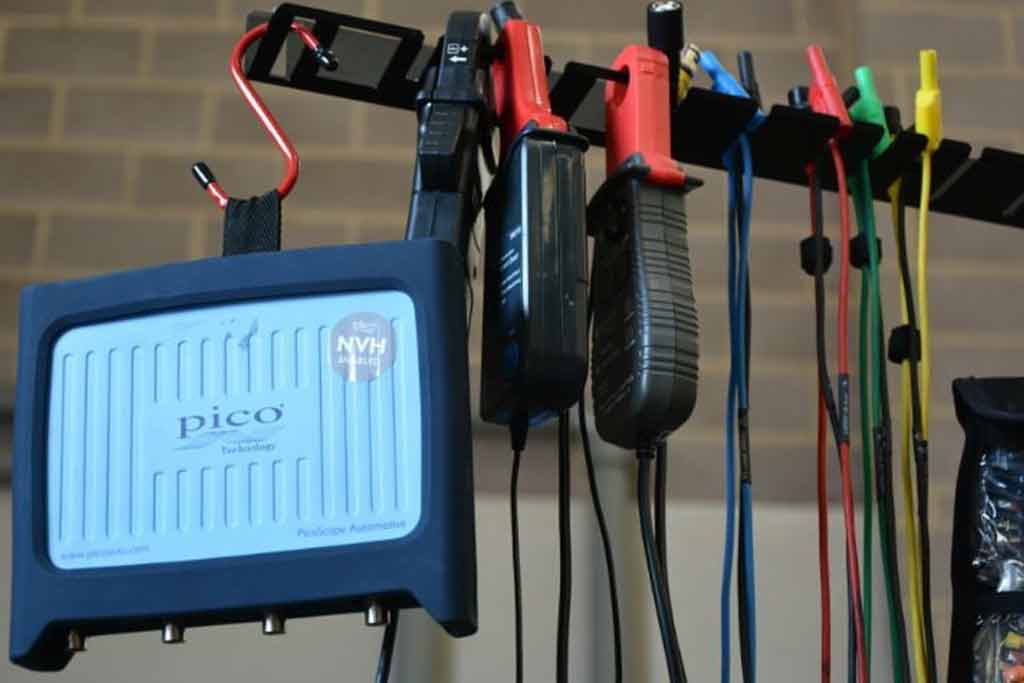Engine Fault Finding
Using our dynamometer to gather live data and perform safe test drives in a laboratory environment (rather than take the risks of a breakdown or accident on the public roads) gives us a real advantage over how the average garage approaches diagnostic fault finding.
The rolling road provides a consistent unchanging set of parameters for each test with none of the variables of road test drives which can be affected by so many external variables such as other drivers, wet road surface, driver error.
We have our own in-house auto electricians and electronics laboratory meaning we can test wiring and auto electronics for faults without needing to resort to external suppliers. We offer ECU testing and repairs and bench testing for a wide range of automotive modules.

Engine Fault Finding by Expert Technicans
We have a multitude of specialist diagnostic equipment to aid in efficiently testing and proving functionality of components on the vehicle. These include smoke probes to detect air leaks or pipe faults, radio finders to identify shorts, vibration analysers unusual noises on the drivetrain, fuel quality testers, compression testers, leakdown testers, coolant system pressure testers, air con leak detection equipment, injector test benches and many more.Most importantly of all, we have specialist focused technicians highly experienced in the field of automotive diagnostics making us efficient and effective at fault finding.

What's different with our approach?
Quite frankly we are different, indeed our mindset is different to the typical garage.
Your typical garage will start with a code scan of the fault codes and dive in changing parts, when it doesn't work, they are stumped and will probably change a few more.
Our approach is simple and effective: -
- Step 1: Code Scan
- Step 2: Development of a test plan which we will then follow religiously until the test plan is complete.
- Step 3: Analyse the test plan and if necessary, test more items
- Step 4: Prove whatever item has failed the test plan is actually broken or worn and if necessary, replace.
- Step 5: Test then Repeat Stage 1 until faults are gone
What are the benefits?
Increased Performance
You will see a 5% to 30% increase in power with every Stage 1 Remap
More Responsive
The vehicle will feel far more responsive with a sharper throttle response
Smoother Power
Most customer notice smoother power delivery, meaning you can drive around with less gear changes
Improved Acceleration
Even if you aren't a boy racer, you will apperciate being able to overtake vehicles more easily
Improved Fuel Consumption
Fuel consumption may improve whether you are an Economical driver or an Enthusiast
More Torque
More torque means you can drive at lower RPM in higher gears, which will economise on fuel. Great for Towing!

